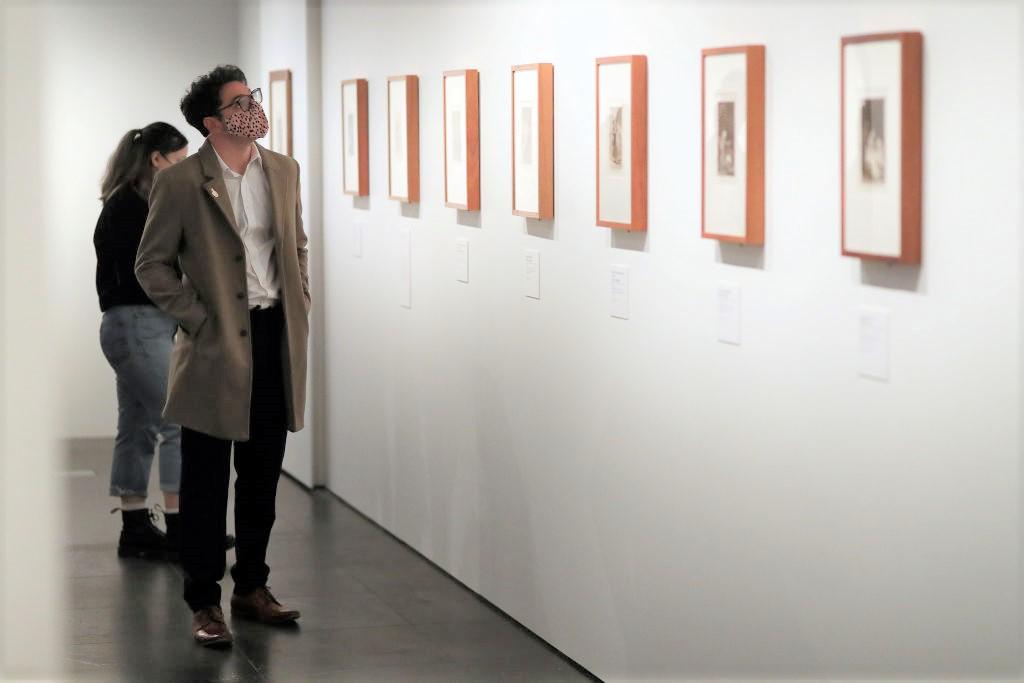Commentary
During the 1990s, the French government spent more, per capita, on culture, than any other country in the world in the hope that it would encourage an artistic and cultural flowering of epic proportions.


During the 1990s, the French government spent more, per capita, on culture, than any other country in the world in the hope that it would encourage an artistic and cultural flowering of epic proportions.